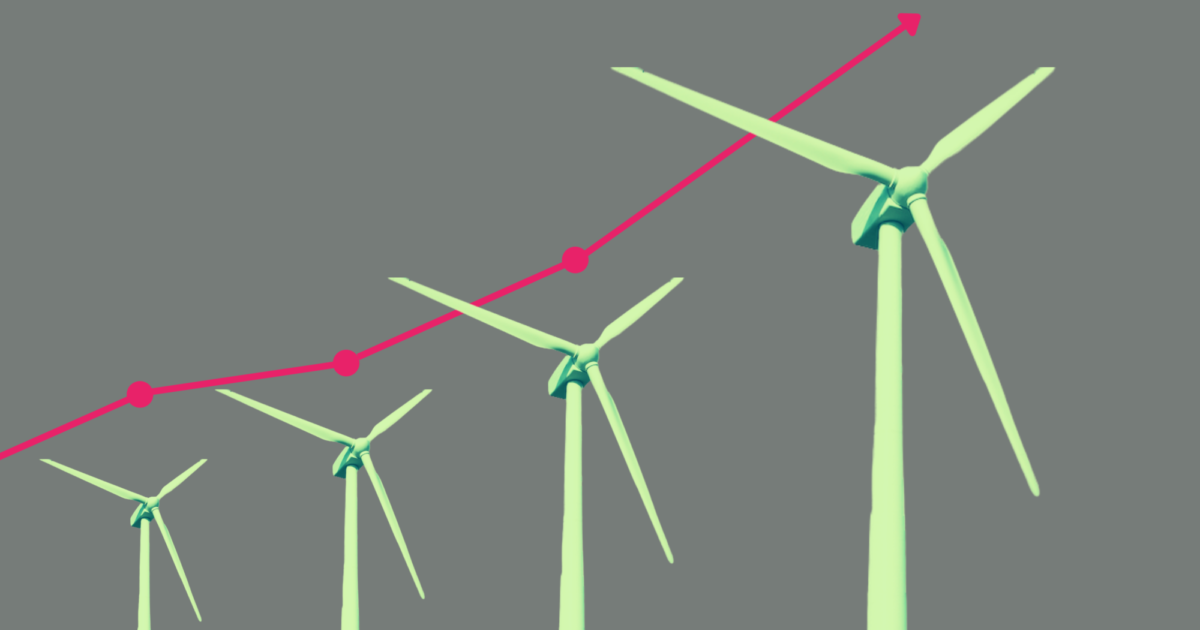There has never been a more important time to back Australia’s mining and manufacturing industries, and the lead indicators in Europe is all the evidence we need.
Shutting down Europe.
According to a new report from GMK Centre – a leading Ukrainian mining researcher – a dozen steel plants have shut down across Europe over the last few months as a result of the continent’s burgeoning energy crisis.
In Germany, at least three blast furnaces have shut down.
Production has halted in a large Polish steel plant. The same goes for several Czechian, Slovakian and Serbian blast furnaces. Italian, French and Spanish steel plants have also experienced large-scale shutdowns, delays and production halts over the last couple of months.
This has the knock-on effect of drawing further carbon through the use of Chinese blast furnaces, powered predominantly by their fleet of 1000+ coal-fired power plants that use sub-bituminous ‘dirty’ thermal coal that’s much worse for the environment than Aussie coal.
We are now officially in “greenflation” territory.
There are shortages of steel, energy and, critically imminent shortages of food after many Western nations including the Netherlands, Belgium and Sri Lanka banned nitrogen-based fertilisers.
Paradoxically, the Northern Irish government has just announced that its farmers must cull 700,000 sheep (national estimate currently at 1.9M) and 500,000 cattle (national estimate currently at 1.6M) to meet its new “legally binding climate emissions targets”.
Unfortunately, the list goes on…
We all know there’s no doubt humans are having an impact on the natural environment. Plastic pollution, soil erosion, landfill leachate runoff, and of course, deforestation. Humans can do it better, but are we truly going about this the right way?
According to a recent article in the New York Times, people across Central Europe are now reverting to clear-cutting forests and grinding up centuries-old trees in the name of “renewable energy”. In other words, struggling Europeans right across the continent are chopping down trees in forests and national parks to heat their home and cook their food because they can’t afford to pay their skyrocketing energy bills.
Meanwhile, the Italian hospitality industry is resorting to candles to reduce its energy consumption. Amazingly, the largest candlemaker in Scandinavia and the Baltics, Estonia’s Hansa Candle AS, has just had to cease operations due to inaccessibly high energy prices.
French sports and education groups expressed outrage last Tuesday at the closure of around 30 swimming pools, after their operator said surging heating costs made them no longer viable. So now the cost of heating a few pools has risen from $22 million to $147 million per year in 12 months.
The CEO of the UK’s largest single-issue independent consumer group, The Campaign for Real Ale, has warned that “beer and pub businesses are facing increases in energy bills of around 500 per cent – but they simply cannot increase their prices by the same amount or we would end up with 15-pound or 20-pound pints at the bar.”
Who’d pay $32 Aussie dollars for a pint?
For those who may think we’re exaggerating, just ask the Pig & Whistle restaurant in Beverley, Yorkshire, who purportedly paid about $38,000 in electricity this year after paying less than $5000 last year – that’s a 660 per cent increase!
Australia’s vulnerability to the contagion.
According to a new study by Australia’s energy regulator – the Australian Energy Market Operator (AEMO) – “forecast reliability gaps have emerged across NEM (National Electricity Market) regions due to considerable coal and gas plant closures, along with insufficient new generation capacity commitments needed to offset higher electricity use”.
“Without further investments, this will reduce generation supply and challenge the transmission network’s capability to meet reliability standards and power system security needs,” they’ve said.
In other words, the AEMO forecasting reliability gaps in South Australia, Victoria, and in NSW from 2023 – meaning households and businesses should expect rationing, potential blackouts and even further cost escalations in Australia from mid-next year.
Many believe the solution is to import more solar panels… but it’s not that easy.
To manufacture solar panels, there are four key components.
First, there’s polysilicon. 79.4 per cent of the world’s supply of polysilicon is produced in China.
Then there’s wafers. 96.8 per cent of wafers are produced in China.
Next are the solar cells. 85.1 per cent of the world’s solar cell supply is manufactured in China.
Finally, comes the modules. 74.7 per cent are made in China.
Believe it or not, the reality only gets more concerning when you delve into the human rights findings of a significant report produced by the United Nations Human Rights Office (UNCHR) titled “Assessment of human rights concerns in the Xinjiang Uyghur Autonomous Region, People’s Republic of China”; coincidently where much of these components are produced.
Australia has an opportunity, and business must take advantage of it with government support.
We have 400 years of the world’s best coal, and more gas than we could ever possibly consume to help with the transition to a sustainable and secure energy mix.
We export over a third of the world’s uranium.
It’s time we stopped relying on imported, weather-dependent solar panels made in forced labour camps that scatter the deserts of north-western China.
Australia must harness our resources, reduce power prices, subsidise high labour costs instead of unviable renewable projects, and become the manufacturing superpower we could be.
